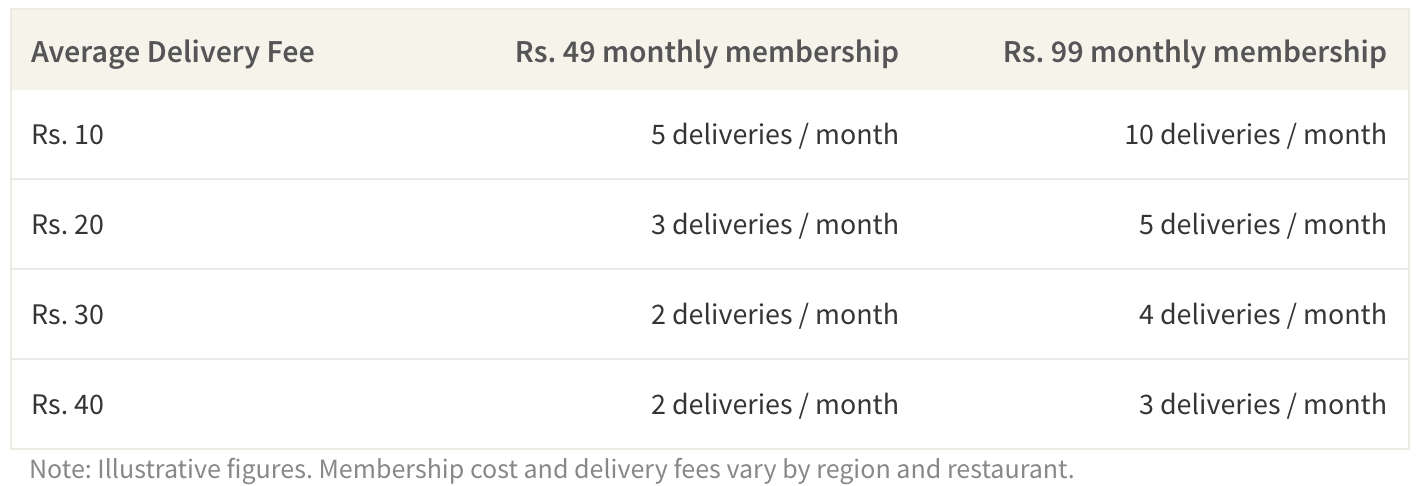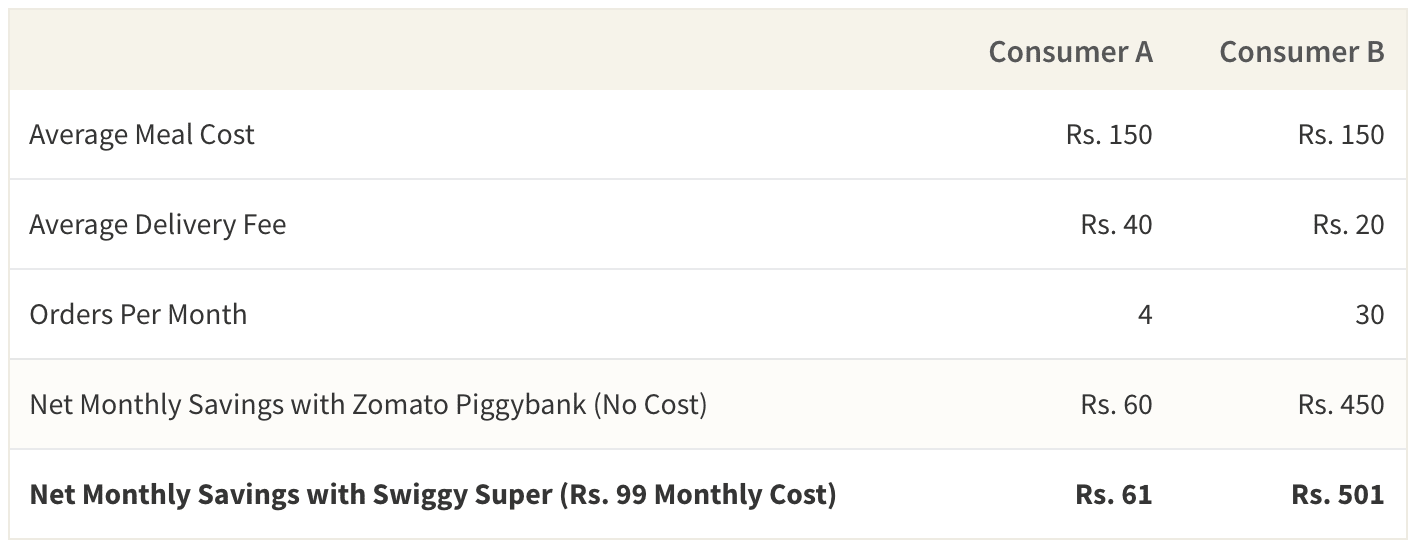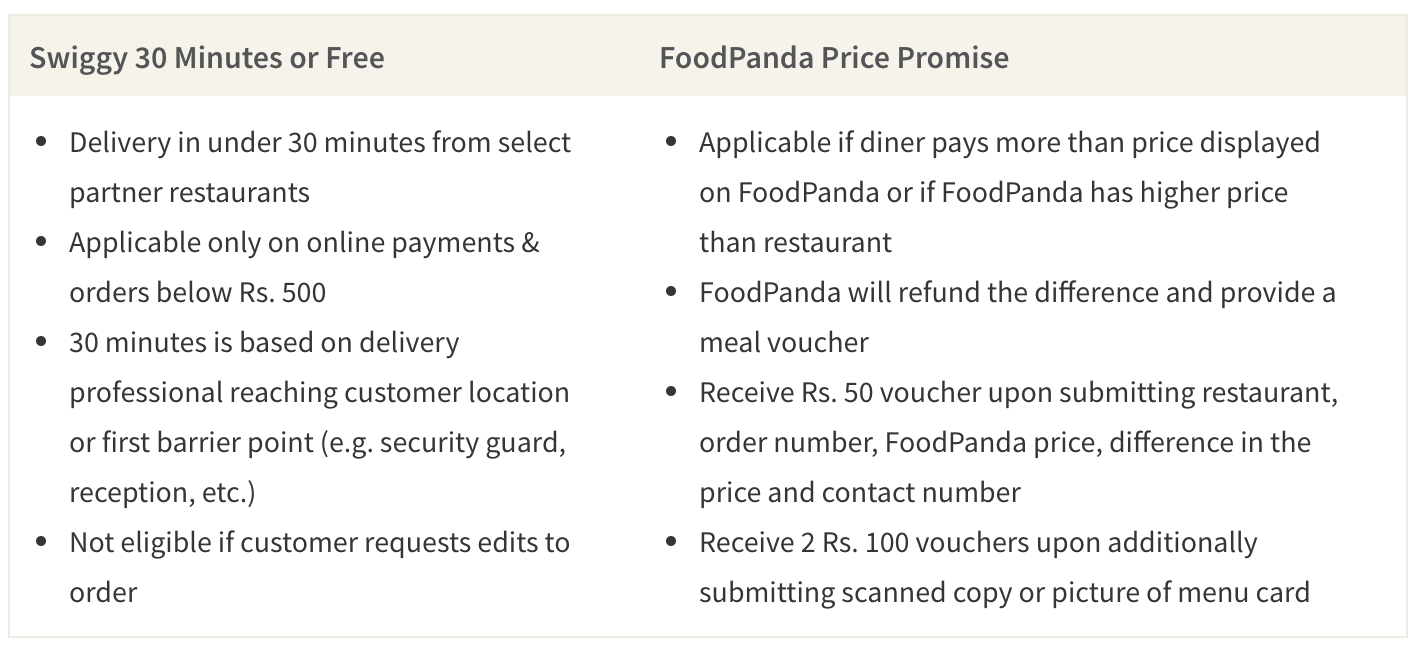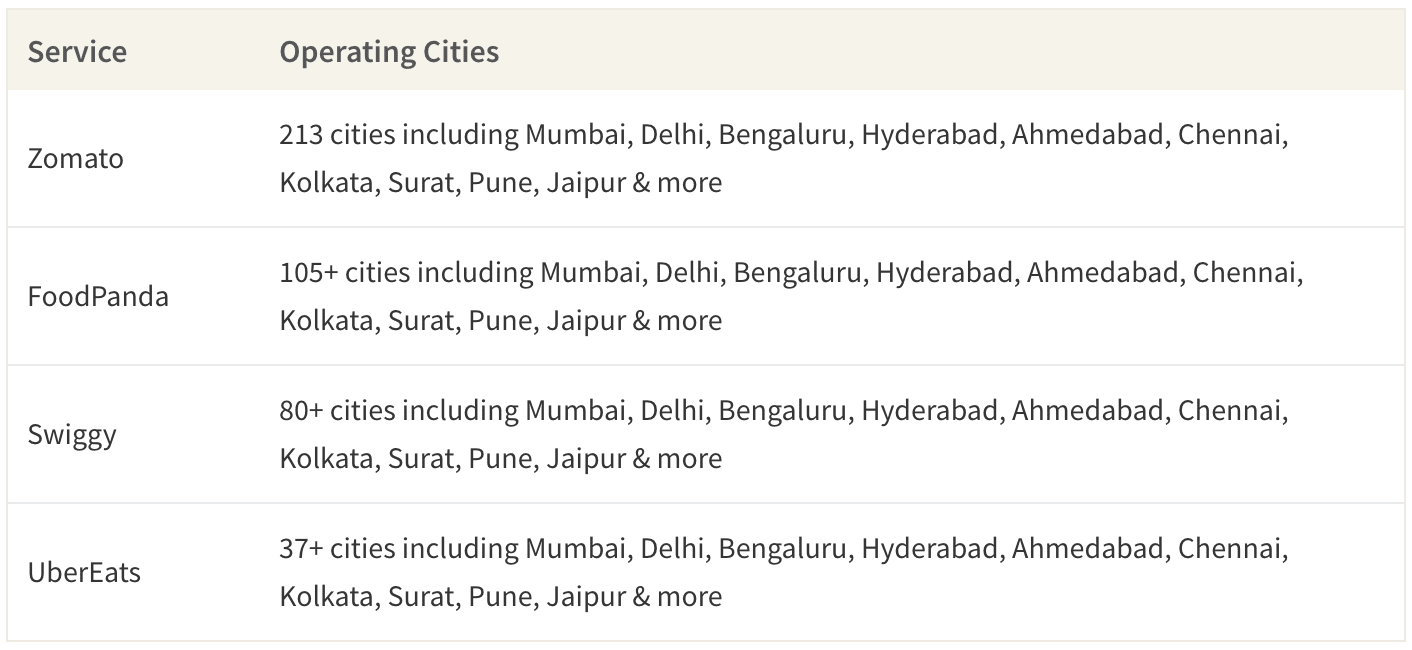IP laws can seem overly complicated or restrictive, but it’s essential to have correct down the road

Navigating complex intellectual property laws can be a real nightmare, yet most startups inevitably have to grapple with IP laws sooner rather than later when they eventually hit the open marketplace.
For many startups, their founder’s inability to grasp the complexities of IP laws can be considered the leading cause of why they failed, so it’s important that you wrap your head around this issue unless you want your aspiring business to crash and burn shortly after takeoff.
Here’s everything that startups need to know about IP laws, and how you can navigate this dizzying legal arena as your company forays into the competitive market for the first time.
Identifying your IP
Identifying and protecting your intellectual property could be a necessary step in turning your scrappy startup into a real economic contender in the market.
Nonetheless, many aspiring entrepreneurs and struggling startup leaders are finding it difficult if not downright impossible to accurately identify their IP because they don’t want to make a strict claim to something that someone else has a claim to.
The complexities of IP contracts can also drive even the most intelligent of business owners insane, as specialized legal expertise is often required when navigating IP laws.
It’s important that you don’t get too lost in the maze of legal expertise being presented to you by patent specialists who have some skin in the game, however. As a recent analysis in Forbes pointed out, you don’t always want to take business advice from your patent attorney because they can lead you astray and into deep IP waters without you first having an understanding of how you’re going to effectively leverage your new patent.
Many startups endure a costly and tiring legal process to attain a patent only to end up seldom if ever using it for profitable purposes, after all, so be sure that you’re not wasting your company’s limited time, money, and creative energy chasing a wild goose.
This is why it’s so crucial that your startup’s leading figures don’t take a backseat when it comes to IP laws. You may think it’s the easiest thing in the world to leave this issue to your hired legal experts, but if you’re not taking a hands-on approach to IP law when launching your startup you’re effectively asking to wander into a legal minefield.
Also Read: The battle for restaurant delivery dominance: How India’s online food ordering platforms stack up
Nevertheless, many startup owners avoid anything having to do with IP because they lack legal expertise in this area and thus throw up their hands, arguing that it’s helpless.
In order to prevent yourself from making a huge investment into a patent that you know nothing about, it’s worthwhile to review the common mistakes that other startups have made before you. If you’re not familiar with what caused other startups to crash and burn, it’s very likely that you’ll suffer a similar fate to them and witness your commercial empire come crumbling down around you. Set some time aside to read about the five biggest IP mistakes startups keep making to their own detriment.
You need an IP assignment agreement
Many people who lack legal expertise or experience dealing with IP law are unfamiliar with IP assignment agreements, but as a startup owner you’ll soon find it necessary to master this legal agreement if you want to endure for long in the market.
Tech startups in particular find IP assignment agreements to be utterly essential for their long-term survival, as ensuring that your workers, senior employees, and owner of the company are all on the same page when it comes to IP law is an important part of making a company run smoothly for years on end.
Don’t make the mistake of thinking that your close-knit startup is beyond the possibility of a fierce legal dispute that could pin some of your original workers or founders against one another. Many prosperous startups have crumbled into dust precisely because their leaders didn’t take an IP assignment agreement into consideration ahead of time, resulting in an IP feud that tore the company apart from the inside out.
Unless you want to suffer a similar fate, contact a solid legal expert and have them help you drag an IP assignment agreement that will ensure your startup stays in safe legal waters for years to come.
This is another example of how crucial leadership is when it comes to startups and navigating complex IP laws. If your startup’s leader doesn’t take steps to ensure everyone on the team is on the same page when it comes to product liability, for instance, every other worker in your company will think you have no official policy and take few steps to educate themselves on IP laws.
Unless every member of your team is at least mildly familiar with the complexities of IP law, however, you’re going to suffer from a legal crisis, so lead by example unless you want your team to ignore the importance of patents.
IP laws aren’t a good place to cut costs
Finally, startups are always looking for a way to cut the costs of doing business, but you need to understand that there are some areas where cutting corners can be downright deadly for the long-term viability of your startup.
Don’t mess around with patents, and don’t think that you can skate by with shoddy legal experts who are unfamiliar with the intricacies of patents. Go the extra mile and pay what’s necessary for good legal representatives, and your startup will be sleeping soundly when it comes to IP laws.
Also Read: Shopee takes aim at Lazada with live streaming play
Startups who ignore IP laws are asking for a crisis to occur, as they’re going to wander into another company’s legal territory sooner rather than later if they’re not looking where they’re going. Your startup’s leaders should be constantly updating themselves on the ins and outs of IP law and may even want to consider hiring a dedicated legal expert to help them navigate the patent process.
Ensuring that you’re putting your business priorities first without violating someone else’s patent is imperative for startups, so don’t be afraid to embrace IP laws rather than living in fear of them.
—
Photo by Samuel Zeller on Unsplash
The post Screwing up IP law is an easy way to doom your startup appeared first on e27.













